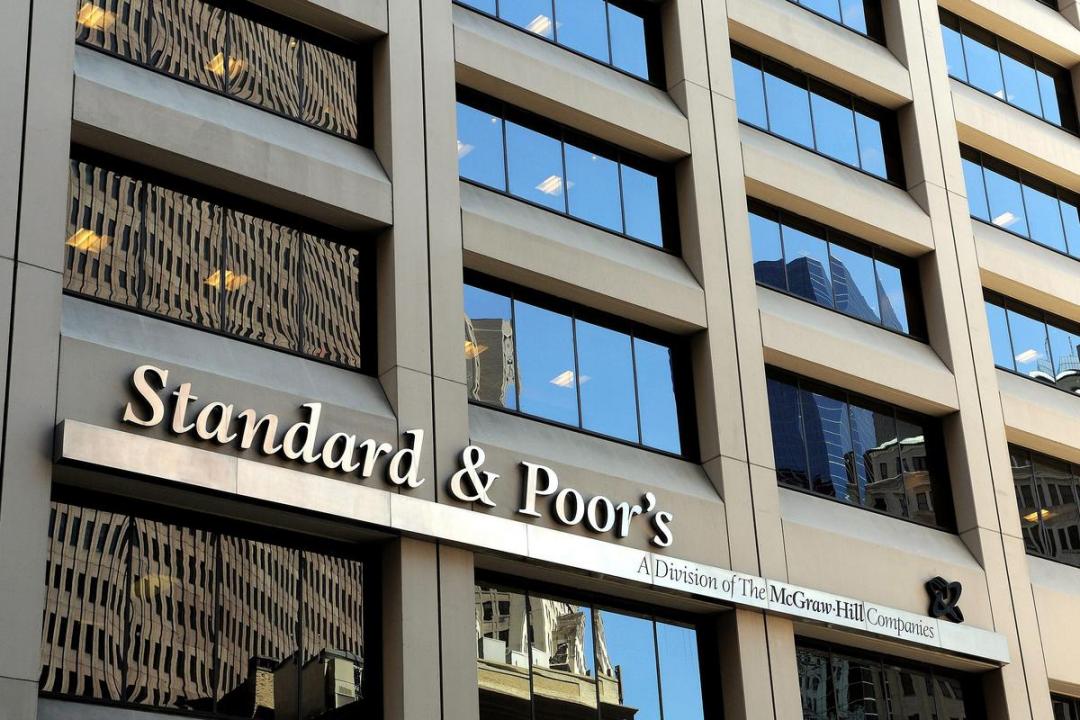Pressure on companies’ credit ratings globally is the highest since the 2008-09 financial crisis, a new report from Standard and Poor’s said on Tuesday.
The ratings agency said the last six months had seen the biggest swing to negative outlooks for firms’ credit scores since the 2008-09 crisis, and that now the number on negative outlooks relative to positive ones was the highest since 2010, Reuters reported.
Global corporate creditworthiness has declined slightly since the onset of the crisis. The average long-term corporate credit rating has fallen by about half a notch to between ‘BB+’ and ‘BB’ compared with ‘BB+’ at the end of 2008.
Recent S&P cuts have led to a four point deterioration in its ‘net’ negative bias for firms’ credit outlooks, putting it at 11%. “It also suggests that negative rating actions (downgrades or outlook cuts) are likely to continue to outnumber positive ones over the coming 12 months,” S&P said in a report on the global corporate rating trends for 2016.
Latin America, where the slump in commodity prices and economic and political problems in countries such as Brazil are creating stress, has the largest proportion of negative outlooks.
Credit risks were seen rising for US firms as the corporate credit cycle worsens, Europe should fare a little better as cheap credit offsets diverging growth, politics and regulation pressures, while Asia remains “somewhat negative” following a wave of downgrades there last year.
“The global top risks to our base-case scenario includes a further slowdown in China’s economic growth, affecting market confidence and commodity and asset prices as well as increasing market and currency volatility,” S&P said.
“Next are the geopolitical risks of an escalation in the terrorist threat; Middle East turmoil; the European refugee crisis; the risk of a withdrawal by Britain (Brexit) from the European Union that leads to credit market volatility; and an escalation in extreme and nationalistic views.”


